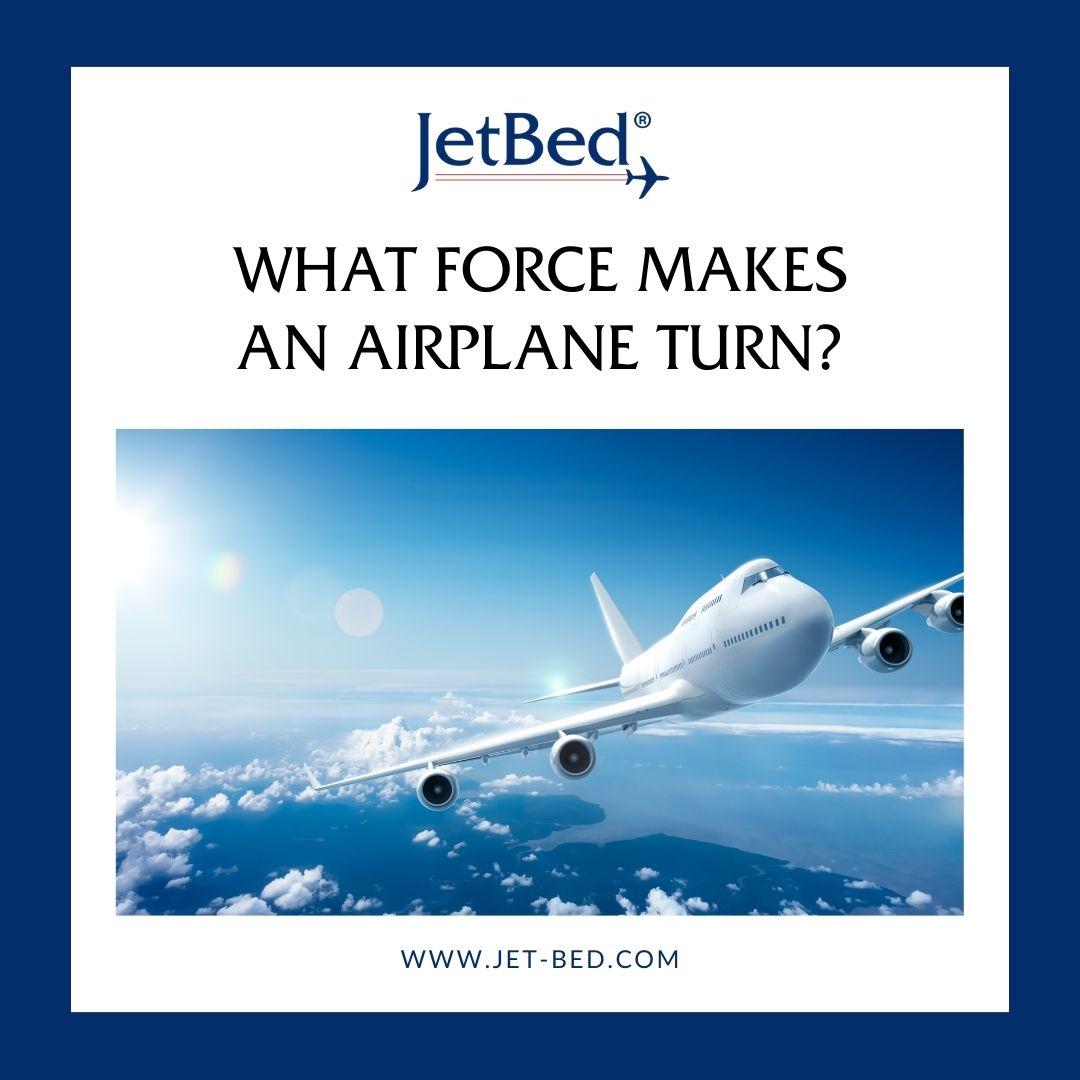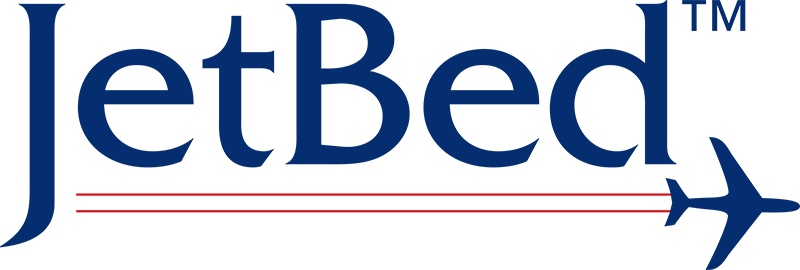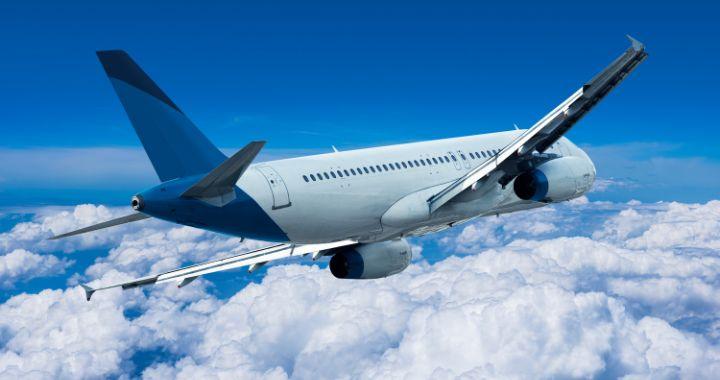Flying an airplane involves understanding the complex interplay of forces that act on an airplane in flight. One of the first maneuvers students learn is how to properly turn the plane. Mastering the forces responsible for turns is essential for navigating to destinations.
Turning skillfully relies on comprehending how specific force inputs cause the airplane to bank into the new heading. A pilot’s command of these turning forces determines their ability to accurately navigate to destinations.
Today’s post examines the various components responsible for making an airplane turn. Exploring these concepts provides keen insight for pilots to properly direct their aircraft throughout any flight operation.
But before you dive in, be sure to check out our range of Jetbeds. Made in the USA, Jetbeds are the most comfortable way to fly!

What Force Makes An Airplane Turn?
Aileron Force
A primary roll control, the ailerons are hinged surfaces on the trailing edge of each wing. Deflecting one aileron up and the opposite down generates a lever arm effect. This increases drag on the down aileron wing and decreases it on the up aileron side. This then induces a rolling moment causing the airplane to bank into a turn. The rolling force created by aileron input is one method pilots use to initiate turns.
Rudder Force
The rudder is a hinged control surface extending from the vertical stabilizer at the tail of the airplane. Applying left rudder pedals causes the rudder to deflect left. This increases drag from the vertical component of airflow on the left side of the vertical stabilizer/rudder, creating a yawing moment. This yaw force causes the nose of the airplane to swivel left, initiating a coordinated turn in that direction when combined with aileron or additional rudder input.
Angle of Attack Force
As an airplane travels through the air, lift is generated by the angle at which the oncoming air flows over the wing. Adjusting this angle of attack up or down controls the lift force. Increasing the wing’s angle of attack directs a portion of the vertical lift vector sideways, introducing a horizontal component of lift. This lateral lift component pulls the airplane into a bank, allowing pilots to turn using the angle of attack.

Drag Force
Drag is the air resistance opposing the airplane’s movement. When in a coordinated turn, increasing the bank angle shifts more of the airplane’s weight sideways, overcoming less of it with lift. This places increased weight on the inside wing, which must work harder to support it – inducing greater drag. The imbalance of drag between the wings causes the airplane to roll further into the turn. Pilots can regulate bank angle during turns using this drag differential.
As described in a previous post about virtual reality in aviation training, simulators allow student pilots to experience control inputs in a safe, controlled environment prior to flight. This helps trainees understand how manipulating various flight controls affects the airplane’s attitude and turning performance. With practice, pilots gain competence in moving an aircraft through turns by smoothly blending the rolling, yawing, and lifting forces at their disposal.
Rudder Force in Turns
During straight and level turns, the rudder plays an important role in coordinating the turn. As discussed, applying left rudder pedals causes a yawing moment turning the nose to the left. As the bank begins, the airplane takes on lateral and vertical lift components in addition to its usual vertical lift. The vertical lift now combines with the new lateral lift to keep the wings level through the turn. However, if the rudder is not used, the vertical lift will cause the nose of the airplane to swing out. Applying a coordinated rudder pedal along with the other forces counteracts this and allows the airplane to remain in coordinated flight with the wings level throughout the turn.
Combination of Turning Forces
Efficiency in the air depends on a pilot’s ability to smoothly integrate multiple forces when maneuvering. Optimally, airplane turns are initiated with coordinated use of ailerons and rudder to start the bank, followed by regulating the angle of attack, weight shift, and lateral lift while holding with the rudder to maintain coordination.
Gradually blending these forces achieves coordinated, stable turns that capitalize on an airplane’s performance characteristics. Mastering the subtle interplay between these resources builds competence in executing both routine turns as well as precision maneuvers.

Multiple forces act together to make an airplane turn.
In closing, the forces acting on an airplane are numerous and sophisticated. A pilot’s job is to intelligently direct these interacting mechanisms to safely accomplish desired flight objectives. Of principal importance is discerning how ailerons, rudder, angle of attack, drag, and other forces combine to initiate and hold aircraft turns.
With experience practicing control inputs through various turn scenarios, aviators gain confidence in employing the tools at their disposal to precisely maneuver their airplane through the skies. A holistic comprehension of airplane forces is fundamental to competent flight.
For more information on all things around aviation technology from answers to questions like What is AQP in Aviation? to updates on Safety Management Systems in Aviation, check out our blog. And, if you’re looking for an easy and convenient tool that will help you and your crew avoid flight fatigue, explore our fleet of JetBeds to find the one that best fits your aircraft.

